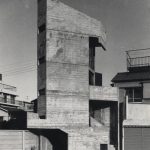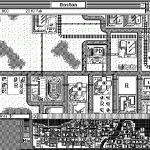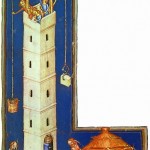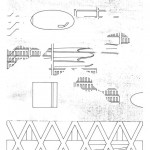The Toghrol Tower is a 20 meters high tower located in the city of Rey in Iran made of bricks and Sarooj, a water-resistant mortar. It was erected in 1063, and according to some sources, it was conceived as the tomb of Tuğrul Beg, the founder of the Seljuk dynasty. Other scholars report that it was used as a lighthouse to guide the travellers of the Silk Road during foggy days and nights.

The tower has a deep wall and a peculiar geometry: its internal surface is a smooth cylinder of 11m in diameter, while the external shape is a polygon of 24 angles, whose vertex compose a circle of 16m in diameter. The polygonal shape is useful both as it turns the wall into a sound earthquake-resistant structure – and as it transforms the building into a horological device, as the shadows cast by the sun rays tell the time of the day. When one of the angles lights up, an hour has passed from sunrise.

The exterior of the upper section of the tower is characterised by a high muqarnas (or Ahoopāy) which leads to a cornice, a typical ornamental vaulting used in Islamic architecture. The stalactites composing the muqarnas motive allow the transition between the stellar plan and the circular cornice. The wall contains a set of stairs, and a door which leads to the centre of the cylinder, today left completely bare and open to the sky.








Leave a Reply